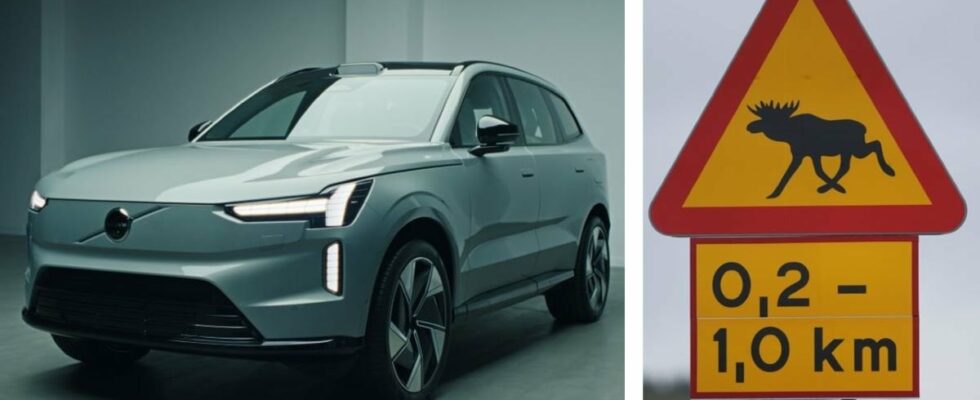The Volvo EX90 is the electric successor to the brand’s best-selling SUV XC90, with a price tag of around one million kroner, and has had a solid start to life.
The car was already shown at the end of 2022, but due to problems in the development, the launch has been postponed by over a year.
From the first test drives of the car came reports of errors and bugs, and the Swedish customers were recently informed that they will have to wait until May next year before receiving their cars.
The Volvo EX90 must be the safest ever
Now the EX90 is getting another facelift, and this time it’s about Volvo’s flagship safety.
The EX90 is supposed to be the safest car Volvo has ever built, and is equipped with a plethora of passive and active safety systems. Incidentally, some of these are not activated on the first cars, as they are not fully developed.
However, safety is not only about which safety systems a car is equipped with, and how well it protects the occupants in the event of an accident.
It is also about how well the car behaves during an evasive maneuver.
DON’T MISS:
Simple AI trick could revolutionize electric cars
Advertising against petrol and diesel cars is prohibited here
This is how the moose test works
After the Volvo EX90 was one of the participating wagons in the tests for the Car of the Year in Denmark, it is now receiving criticism for how it behaves during an evasive maneuver, reports We Car Owners.
More specifically, the car came second to last in the so-called moose test, which involves two rapid lane changes in succession — like swerving into oncoming lanes on a country road to avoid a moose, and then quickly swerving back to avoid oncoming traffic.
The unique Nordic test became world famous after the first generation Mercedes-Benz A-Class overturned in the maneuver.
Volvo EX90 second worst in the test
In the moose test, the Volvo EX90 only achieved a top speed for the moose test of 64 km/h. The only car that performed worse was the BYD Seal U, with a speed of 60 km/h. The Lotus Emeya did best, with a speed of 83 km/h.
In the moose test of the Volvo XC90, it was noted that it got around the cones, but that it heeled nervously.
– It’s like a boat going around these cones. This is not safe behavior. This behavior is not Volvo, it is not good at all, says the motoring journalist Jan-Erik Berggren in We Car Owners podcast.
Part of the explanation for the big Volvo’s poor performance may be its weight, which is a whopping 2.8 tonnes.
Volvo has done its own tests based on the criticism from the Car of the Year test, and does not know
– What was reported from this test does not match at all with how our own tests went. We replicated the test immediately yesterday and now the people who performed it have gone to Denmark to look at the car that is there, says Magnus Holst at Volvo Car’s communications department in a rejoinder We Car Owners.
DON’T MISS:
Do you drive a diesel car? Then you should avoid this this winter
Elon Musk nominated for award: Can follow in Mandela’s footsteps
